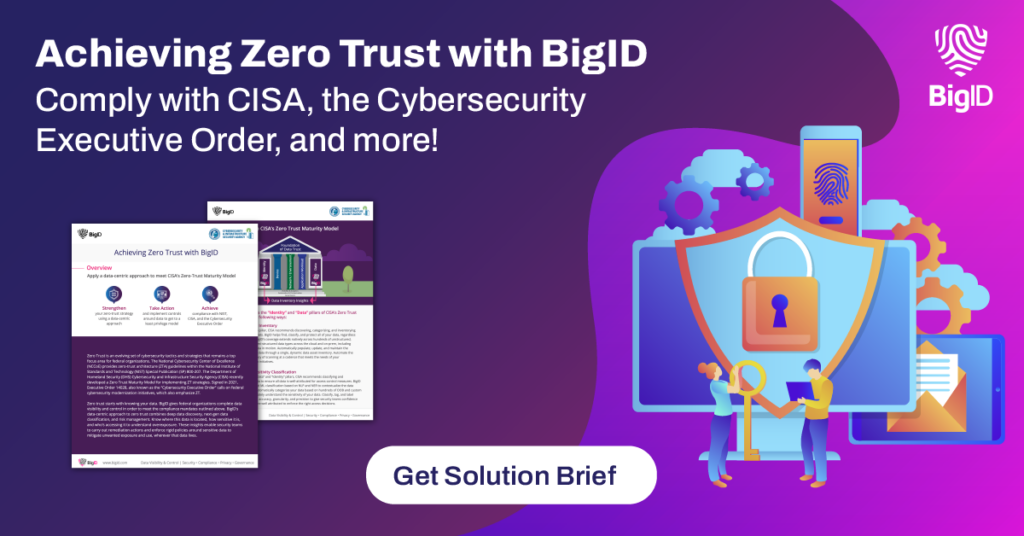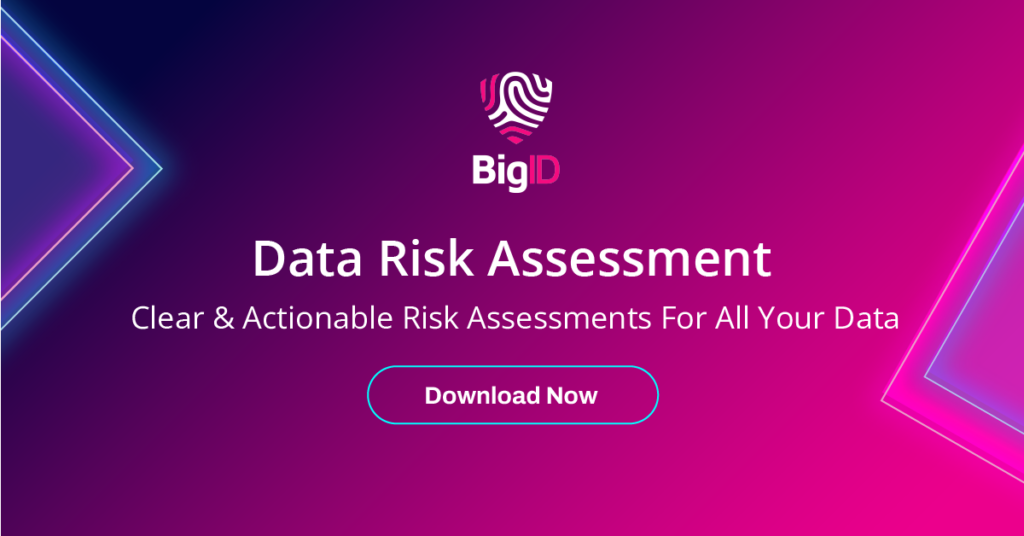Zero Trust Implementation: Implementing a Zero Trust Architecture
The threat landscape for businesses has evolved drastically. Cyberattacks and data breaches have become more sophisticated, which has affected how organizations approach their security strategies.
Enter Zero Trust Implementation. This comprehensive and proactive approach has become a powerful defense mechanism against cyber threats.
In this blog post, we will delve into the intricacies of implementing a Zero Trust framework, explore its core principles, benefits, and challenges, and provide a step-by-step guide for its successful deployment.
Implementing a Zero Trust Architecture
Today’s businesses face relentless cyber threats and sophisticated attacks, emphasizing the inadequacy of traditional security frameworks like VPNs, firewalls, and Data Loss Prevention (DLP).
These strategies hinge on the notion of a secure perimeter. However, organizations can no longer rely solely on the assumption that once inside the perimeter, everything is safe.
Zero Trust Architecture acknowledges the dynamic nature of modern threats. It goes beyond conventional boundaries and operates under the assumption that potential risks can emerge from both external and internal sources.
Zero trust strategy treats every user, device, and application as a potential source of threat until their trustworthiness is established. It uses continuous verification and a stringent emphasis on granting the least privilege access to protect information and systems. By adopting the Zero Trust Architecture, organizations can enjoy proactive and resilient cybersecurity that is adaptable and equipped to counter the most cunning of threats.
Core Principles and Pillars of the Zero Trust Model
At the heart of Zero Trust policies are several core principles and pillars that guide its implementation:
- Least Privilege Access: Users and devices are granted only the minimum level of access required to perform their tasks. This reduces the attack surface and limits potential damage in case of a breach.
- Micro-Segmentation: The network is divided into smaller segments to prevent lateral movement by attackers. This ensures that even if one segment is compromised, the rest of the network remains secure.
- Continuous Monitoring and Verification: Zero Trust emphasizes real-time monitoring of user and device behavior. Suspicious activities are flagged for immediate action.
- Strict Access Control: Access is controlled based on various factors, including user identity, device health, and location. Contextual information is used to make access decisions.
- Encryption: Data is encrypted both at rest and in transit, adding an extra layer of protection against unauthorized access.
What Does Zero Trust Implementation Mean?
Zero Trust Network Access (ZTNA) serves as a fundamental and strategic element within the broader framework of Zero Trust Architecture. This approach upholds the core tenet of “verify first, connect second” to create a digital perimeter fortified by stringent security measures.
ZTNA functions as a sentinel, meticulously managing authentication and authorization protocols before granting entry to designated resources. This approach is crucial in today’s flexible and remote work environments.
By carefully examining users and devices, ZTNA creates a strong defense against cyber risks to secure sensitive data and keep operations uninterrupted.

Zero Trust Network Access (ZTNA)
Zero Trust Network Access (ZTNA) serves as a fundamental and strategic element within the broader framework of Zero Trust Architecture. This approach upholds the core tenet of “verify first, connect second” to create a digital perimeter fortified by stringent security measures.
ZTNA functions as a sentinel, meticulously managing authentication and authorization protocols before granting entry to designated resources. This approach is crucial in today’s flexible and remote work environments.
By carefully examining users and devices, ZTNA creates a strong defense against cyber risks to secure sensitive data and keep operations uninterrupted.
Zero Trust Application Access (ZTAA)
Zero Trust Application Access (ZTAA) is a key part of modern cybersecurity. It focuses on securing access to applications for both users and devices.
ZTAA uses strong access controls and continuous monitoring to ensure that only authorized individuals can interact with critical applications and data. In this way, it acts as a reliable defense against unauthorized access, preventing breaches and quickly identifying emerging security vulnerabilities.
Zero Trust Access
Zero Trust Access combines the principles of ZTNA and ZTAA into a comprehensive framework that redefines modern network security. It ensures access is granted based on the specific context of each interaction, with continuous verification at its core.
By constantly checking the user’s identity, device health, and other relevant factors, Zero Trust Access creates a strong defense against data breaches. Its layered validation protects against unauthorized access while supporting secure and efficient collaboration.
Benefits of Implementing Zero Trust
The adoption of Zero Trust Implementation offers several significant benefits for organizations:
- Enhanced Security: By assuming that threats can originate from within and outside the network, Zero Trust significantly reduces the risk of successful cyberattacks.
- Minimize Attack Surface: The principle of least privilege and micro-segmentation reduce the potential attack surface, making it harder for attackers to move laterally within the network.
- Improved Compliance: Zero Trust aligns with many regulatory requirements, ensuring that organizations maintain a high level of data protection and privacy.
- Adaptability to Modern Work Environments: In an era of remote work and cloud computing, Zero Trust enables secure access from anywhere, on any device.
- Real-time Threat Detection: Continuous monitoring and identity check mechanisms help identify and mitigate threats in real time, reducing the time to detect and respond to incidents.

Challenges of Implementing Zero Trust Security Model
The path to Zero Trust is appealing but comes with significant challenges that organizations must address during its implementation:
- Complexity: Implementing Zero Trust is complex and requires a deep understanding of the organization’s digital ecosystem. It involves detailed configuration processes that demand both technical expertise and strategic planning.
- Legacy Systems in Transition: For organizations with older systems, transitioning to Zero Trust is challenging. It requires balancing the functionality of these systems while adapting to modern security needs.
- Cultural Shift: Adopting Zero Trust isn’t just a technical change; it requires a shift in the organization’s mindset. This transformation involves changing how security is perceived and requires thorough education across all levels of the company.
- User-Centric Controls: Balancing strong security measures with a seamless user experience is challenging. Organizations need to implement security controls that protect assets without hindering user convenience.
6 Steps for Implementing Zero Trust
The implementation steps for Zero Trust Architecture are designed to fortify the organization’s security posture and orchestrate seamless protection and productivity. Let’s take a look at them:
- Assessment and Comprehensive Blueprinting: The first step involves thoroughly evaluating the existing security infrastructure to identify its strengths, fissures, and latent potential for enhancement. With this information, the organization can start planning and drafting a strategy to integrate Zero Trust principles into its overarching business objectives. This blueprint lays the groundwork for subsequent metamorphoses.
- Identity and Access: Zero Trust relies heavily on Identity and Access Management (IAM), where traditional user authentication and authorization evolve. Strong Multi-Factor Authentication (MFA) and Role-Based Access Control (RBAC) act as gatekeepers. They insist on thorough identity and permissions check before a user can gain access.
- Segmentation: Network Segmentation divides the digital landscape into secure zones. This limits potential threats and protects critical assets within well-guarded areas. Micro-segmentation further refines this process for more granular protection.
- Constant Vigilance through Real-Time Surveillance: Continuous Monitoring tools act like vigilant guards who constantly analyze behavior in real time. They detect even the smallest anomalies and trigger alerts to quickly address any potential breach.
- Encrypting Data: Encryption plays a key role, providing strong protection for the organization’s most valuable asset – its data. Whether stored or in transit, it is safeguarded by cryptographic security to prevent unauthorized access.
- ZTNA and ZTAA: The final step involves deploying ZTNA and ZTAA. These tools manage user-device interactions by ensuring thorough confirmation of identity before granting access.
- Education: Success relies on empowering the organization’s most important asset – its people. Through effective training, users clearly understand Zero Trust principles and the importance of following security protocols.
Best Practices for Zero Trust Implementation
For simple and successful implementation of a zero trust security model, organizations can follow the following best practices:
- Verify User through Multi-factor Authentication (MFA): A simple password is no longer sufficient to securely establish a user’s identity. The contemporary digital landscape has witnessed the erosion of the reliability of traditional user credentials. Passwords are vulnerable. They are susceptible to phishing and malware interception. There’s a thriving Dark Web market for them. This is why it’s necessary to adopt Multi-factor Authentication (MFA). MFA supplements the conventional “something you know” (password) with the inviolable layers of “something you have” or “something you are.”
- Restrict Access Privileges: High-level user access privileges are an attractive target for attackers looking to steal valuable data. Therefore, managing admin privileges carefully is important. To reduce risk and strengthen security, limit access to only what is necessary for each role and enforce strict controls that uphold the principle of least privilege.
- Educate Users: Teaching employees and users about Zero Trust is like giving them a guidebook on how to keep things safe in the digital world. Educating members of your organization is a great way to reduce the instances of human error and insider risk. sure things stay safe.
How to Achieve Zero Trust with BigID
Start your Zero Trust journey with BigID’s industry-leading data security posture management (DSPM) platform. Using advanced AI and machine learning, BigID automatically and accurately scans, identifies, and classifies structured and unstructured data by context to give you better insight and control of your most sensitive data.
BigID’s Security Suite lets you proactively mitigate risk across your entire data landscape on-prem and in the cloud, with seamless integration amongst your existing tech stack. Revoke access from overprivileged users, conduct risk assessments, automate data discovery, and more—all under one comprehensive platform. Take a data-centric approach to cloud security and zero trust deployment with little time to value.
Learn more about DSPM and the part it plays in the larger Zero Trust strategy: DSPM Demystified


